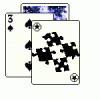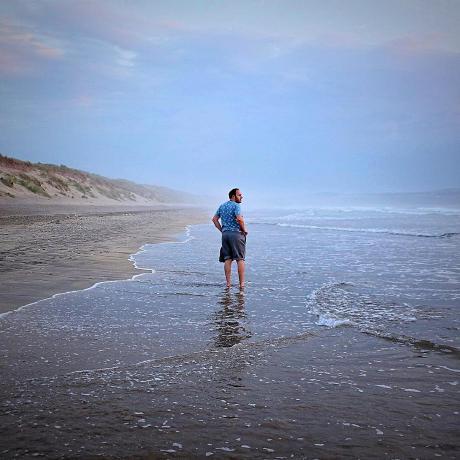As far as copy/paste/edit frames vs redrawing, I'd say people probably do more of the copy/paste than redrawing, as many times(content dependent) the frames have some consistent content that can be reused. In fact, some programs include a feature called "onion skinning" that let's you see the previous/next frames in the animation to make it easier to get right. I don't know what kind of budget you have, but my favorite program for pixel art is Cosmigo Pro Motion, which is currently on sale for $59(shows regularly $78). I own the previous version, but this new version has some nice features. I especially like the tiling feature, that has multiple parts. One lets you easily make seamless tiles by repeating the tile several times, letting you draw on any one of the duplicates, and this way makes seams obvious. And you can easily draw over seams this way. The other part let's you make a map with your tiles(similar to mappy and other tilemap editors), and then you can export a tilemap for a game engine based off of the tiles you made. So it is like you can draw a map out, and it makes tiles automatically for you, though of course it works best if you are attempting to re-use tiles in the old school pixel art format.
But........I never got good at pixel art, despite using the awesome tool I discussed. So when I was making 2d games, I pre-rendered my sprites from 3d models(as you the OP mention in one of the questions.) It isn't a perfect workflow, and you would have trouble getting the retro pixel art low-rez look(if that is what you want), but it has advantages. The starting investment is much higher, as generally it takes more time to get a worthy model than to get a single pixel art frame of something...but the process begins to shine when you start animating, and when you need to make changes later. I can have the single animated model, and if I want 8 directions of walking(like you mentioned Isometric style), I can just change my camera angle, or if I have specific lighting, rotate the model 45-90 degrees, and the animation is already done. If I need to change the colors, shirt/pants, whatever, I can just make the change, and re-render the animation, so I don't have to go and modify by hand a bunch of animation frames. I would always make a single Blender file, with one scene that has the camera and lighting that I want, and then I would put all the objects in other sections where they won't be rendered, and when I want to render something, just move it to the first scene. This way, I am able to guarantee I get to keep consistent lighting on everything.
Another advantage of using 3d software this way is that you get to take advantage of all the little tricks these programs can do. In fact, if you are making models for an actual 3d engine you can't take advantage of all the things like you can if you are just rendering to sprites. Blender has fluid and smoke simulators, along with a particle system you can use. You can take full advantage of IK for animation, you can use modifiers to get tricks working too, like easily deforming geometry in the middle of an animation, without having actually bake those changed, making it easier to make changes to those modifiers. You can use things like meta-balls without having to convert then to geometry. You can take advantage off all the things available to offline renders, many of which have no good methods of achieving even in high end 3d engines like CryEngine and Unreal Engine 4.












